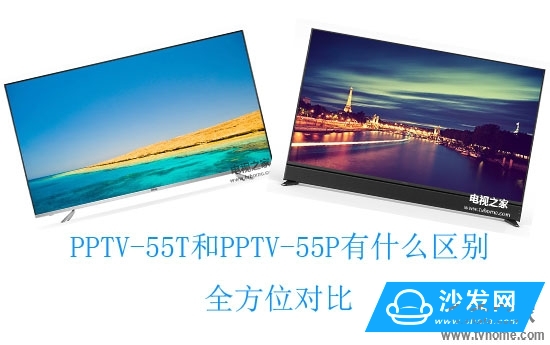
One. Shape design
There are two versions of PPTV-55T, PPTV-55T Home Theater Edition, PPTV-55T Standard Edition. The PPTV-55T Home Theater Edition is integrated with the Soundbar Audio, and the PPTV-55T Standard Edition is a version with the Soundbar Audio removed. PPTV-55T uses metal oxidation sandblasting technology, ultra-narrow frame is only 5.8mm, aluminum alloy bracket, side frame CNC drilling, side drawing texture, while the back with the ultimate flat, smooth design, delicate and neat.
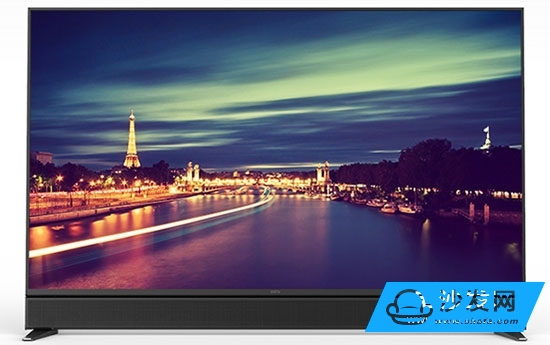
PPTV-55P appearance retains PPTV-50P appearance design, the narrowest border is only 4.8mm, the thinnest point of the screen is only 15mm. PPTV-55P uses a metal V-shaped base, exquisite and tough; backplane uses a gradual design pattern of the texture, and the use of wear-resistant materials; metal brushed panel and the metal PPTV logo against each other against each other.
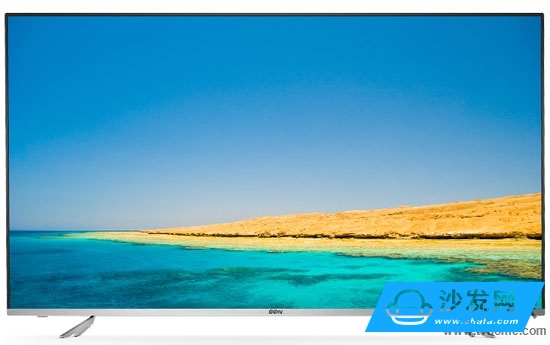
Summary: What is the difference between PPTV-55T and PPTV-55P? PPTV-55T and PPTV-55P in the design difference is obvious, with Soundbar sound is PPTV-55T home theater version; without Soundbar sound, and smooth back is PPTV-55T Standard Edition; no Soundbar sound, back protruding The arc is PPTV-55P.
Two. Hardware configuration
PPTV-55T uses MStar 6A928 quad-core A17 CPU processor, clocked at 1.7GHZ, PPTV-55T built-in 2GB DDR3 three-channel memory, equipped with 16GB eMMC 5.0 flash memory. 2.4GHz and 5GHz dual-band WIF achieve dual-band dual-receive dual-fire, built-in Bluetooth 4.0 module to achieve more operating functions.
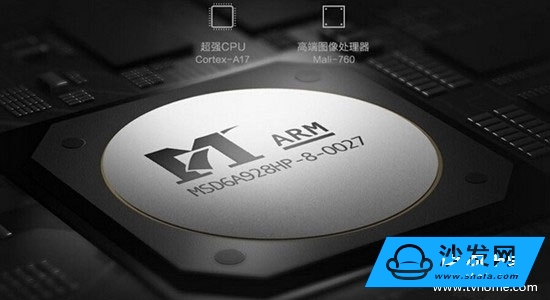
PPTV-55P uses MTK 5508 chip quad-core A17 CPU processor. PPTV-55P built-in 2GB DDR3 dual channel, equipped with 8GB eMMC 5.0 flash memory. 2.4GHz, 5GHz dual-band WIFI achieve dual-band dual-receiving dual-fire, support for built-in Bluetooth 4.0 features.
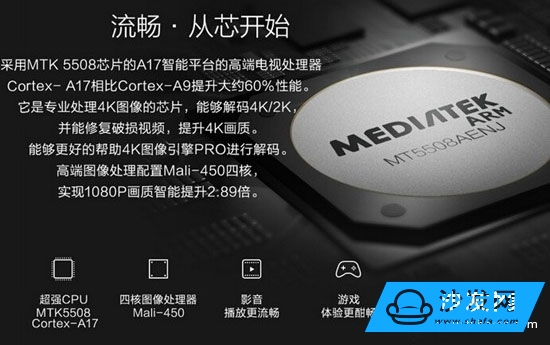
Summary: What is the difference between PPTV-55T and PPTV-55P? PPTV-55T and PPTV-55P use the A17 architecture CPU processor, PPTV-55T MStar 6A928 chip performance is more powerful. PPTV-55T memory bandwidth is greater, more efficient operation. PPTV-55T flash memory is larger than PPTV-55P.
three. Sound effects
The PPTV-55T is equipped with an all-independent subwoofer and a 6-speaker Soundbar. The latest Dolby audio technology is embedded, and the sound can be covered within 500 square meters. Sound effects are clearly visible and immersive as a movie theater.
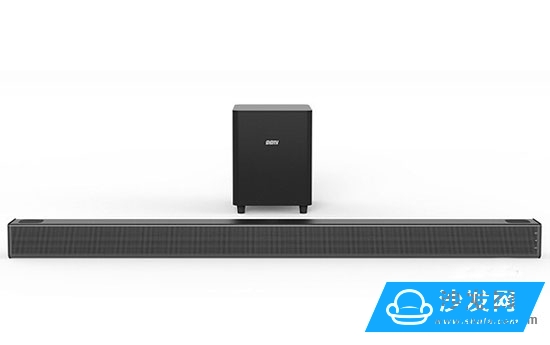
The PPTV-55P uses a down-type speaker, 8W x 2 speakers, and the overall appearance is more beautiful, creating a high-quality immersive listening experience that is comparable to a cinematic sound.
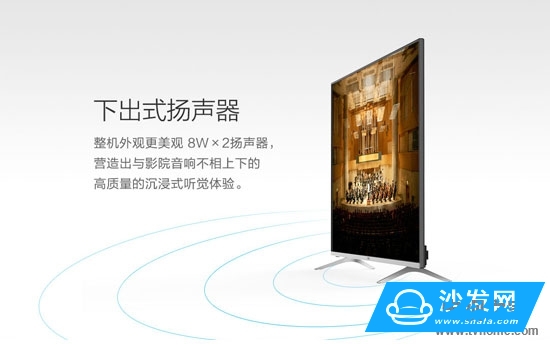
Summary: What is the difference between PPTV-55T and PPTV-55P? Compared with the PPTV-55P, the PPTV-55T is more advanced in sound performance processing. The PPTV-55T's fully independent subwoofer and 6-speaker Soundbar give users the immersive feel of a movie theater.
Four. Picture quality
What is the difference between PPTV-55T and PPTV-55P? PPTV-55T and PPTV-55P are used LG original 4K screen. 4K Ultra HD resolution, resolution up to 38,402,160. 178-degree wide viewing angle, top-level backlight, so that the screen lifelike.
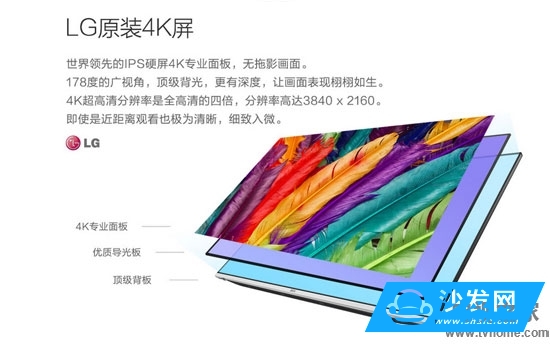
V. Content resources
What is the difference between PPTV-55T and PPTV-55P? The content resources of PPTV-55T and PPTV-55P are the same. They all have a massive video resource library of PPTV smart TVs, 300,000 hours of movie and TV library resources, 3,000 genuine movies, more than 100,000 episodes of television dramas, and 20000 sets of copyright anime and other columns. 24 Hours broadcast without interruption. Live Premier League, Super League, CBA, Champions League, AFC, NFL, UFC and many other domestic and international events.

Six operating system
What is the difference between PPTV-55T and PPTV-55P? The PPTV-55T and PPTV-55P TVs use the PPOS operating system independently developed by PPTV. It is equipped with the first “cross-interactive†interface. The operation is simple and easy to use, and the function is powerful and powerful. The PPOS operating system is designed based on the remote control habits of the user's cross direction keys.

to sum up:
What is the difference between PPTV-55T and PPTV-55P? Comparing PPTV-55T with PPTV-55P, the main difference between PPTV-55T and PPTV-55P is hardware configuration. PPTV-55T uses mainstream powerful 4K smart TV chip MStar 6A928, 2GB three-channel memory, 16GB large flash memory, fully independent subwoofer and 6-speaker Soundbar. In the hardware configuration PPTV-55T superior. PPTV-55T and PPTV-55P have rich content resources, simple operating system and high cost performance. Low-cost access to the smart TV market is extremely competitive.
What is Car Ethernet
Car Ethernet is a new local area network technology that uses Ethernet to connect the electronic unit in the car. Unlike traditional Ethernet, which uses 4 unshielded twisted pair cables, car Ethernet can achieve a transmission rate of 100Mbit/s or even 1Gbit/s on a single pair of unshielded twisted pair cables. At the same time, it also meets the requirements of the automotive industry for high reliability, low electromagnetic radiation, low power consumption, bandwidth allocation, low latency and synchronous real-time. The physical layer of on-board Ethernet uses BroadRReach technology, and BroadR-Reach's physical layer (PHY) technology has been standardized by the One-pair Ethernet Alliance (OPEN). Therefore, it is sometimes called Broad RReach (BRR) or OABR (Open Alliance BroadR-Reach). The MAC layer of vehicle Ethernet adopts the IEEE 802.3 interface standard and seamlessly supports widely used high-level network protocols (such as TCP/IP) without any adaptation.
On-board Ethernet protocol architecture
Vehicle-borne Ethernet and its supported upper-layer protocol architecture are shown in Figure 1. Vehicle-borne Ethernet mainly involves OSI layer 1 and Layer 2 technologies, while vehicle-borne Ethernet also supports AVB, TCP/IP, DOIP, SOME/IP and other protocols or application forms.
On-board Ethernet framework
Among them, AVB is an extension of traditional Ethernet functions, which enhances the real-time performance of traditional Ethernet audio and video transmission by adding precise clock synchronization, bandwidth reservation and other protocols, and is a network audio and video real-time transmission technology with great development potential. SOME/IP (Scalable Service-Oriented MiddlewarE on IP) specifies the video communication interface requirements for vehicle camera applications, which can be applied to the field of vehicle cameras, and realizes the mode control of driver assistance cameras through apis.
As an extension of AVB protocol, Time-Sensitive Networking (TSN) introduces related technologies of time-triggered Ethernet, which can efficiently realize the transmission of automotive control information. In addition, the on-board Ethernet of the 1Gbit communication standard also supports Power Over Ethernet (POE) function and Energy-Efficient Ethernet (EEE) function. The POE function provides power for connected terminal devices while transmitting data through twisted pair cables, eliminating the need to connect external power cables to terminals and reducing the complexity of power supply.
On-board Ethernet standardization
In terms of in-vehicle Ethernet standardization, the IEEE802.3 and IEEE802.1 working groups, AUTOSAR, the OPEN Alliance and the AVnu Alliance have played a major role in promoting it.
The IEEE802.3 local area network standard represents the mainstream Ethernet standard in the industry, and the on-board Ethernet technology is developed on the basis of IEEE802.3, so the IEEE is currently the most important international standardization body for on-board Ethernet. In order to meet the requirements of the car, it involves the development of a number of new specifications and the revision of the original specifications within the two working groups of IEEE802 and 802.1, including PHY specifications, AVB specifications, and single-wire to data line power supply. In addition, AVB related to AV transmission, timing synchronization and other specifications also need to be standardized by other technical committees of IEEE, such as IEEE1722 and IEEE1588.
OPEN Alliance
The OPEN Industry Alliance was launched in November 2011 by Broadcom, NXP, and BMW to promote the application of Ethernet-based technology standards to in-car connectivity. The main standardization goal is to develop a 100Mbit/s BroadR-R physical layer standard and develop OPEN interoperability requirements.
AUTOSAR
AUTOSAR is a consortium of automotive manufacturers, suppliers, and tool developers that aims to develop an open, standardized automotive software architecture, and the AUTOSAR specification already includes the automotive TCP/UDP/IP protocol stack.
AVnu
The AVnu Alliance was formed by Broadcom in collaboration with Cisco, Harman and Intel to promote the IEEE 802.1 AVB standard and the Time Synchronization Network (TSN) standard, establish a certification system, and address important technical and performance issues such as precise timing, real-time synchronization, bandwidth reservation, and traffic shaping.
Vehicle Router,Vehicle 4G Router,Vehicle 4G Wireless Router,Vehicle Wifi Router
Shenzhen MovingComm Technology Co., Ltd. , https://www.szmovingcomm.com